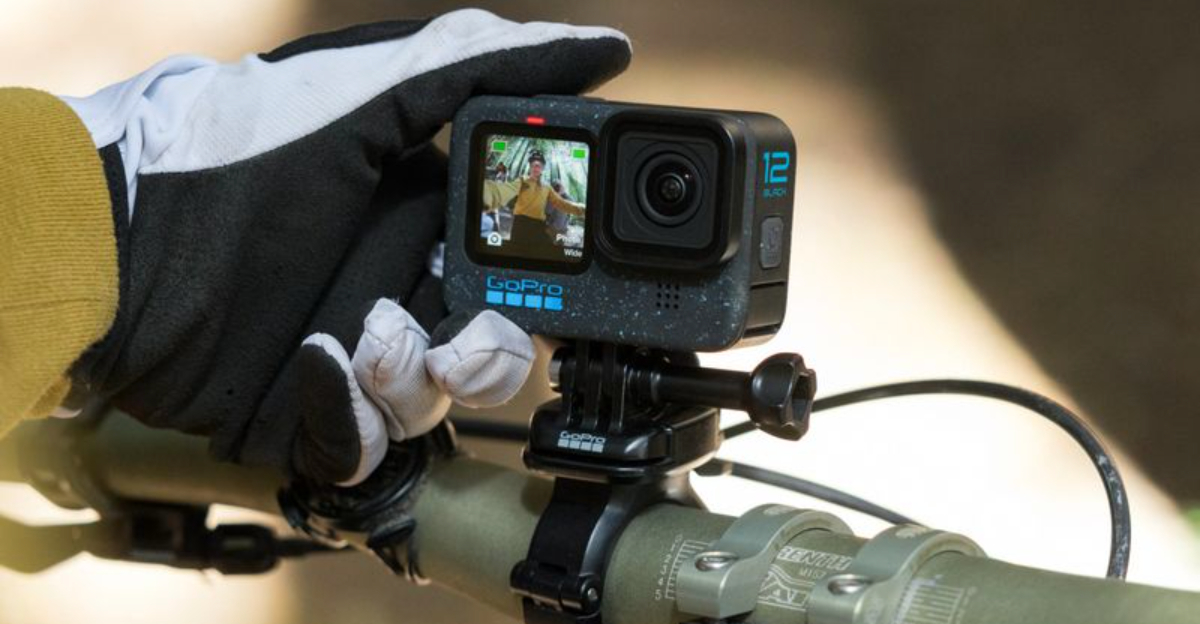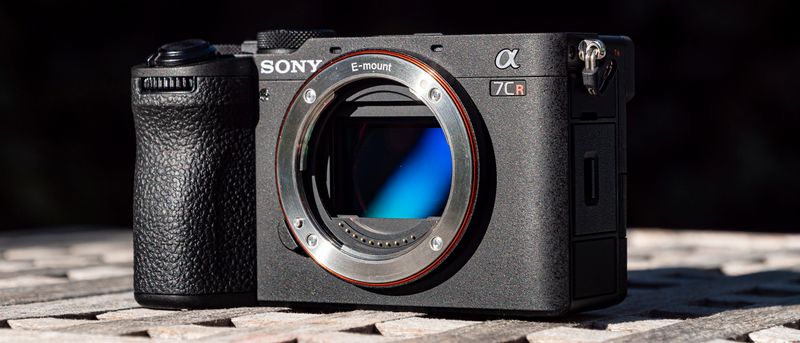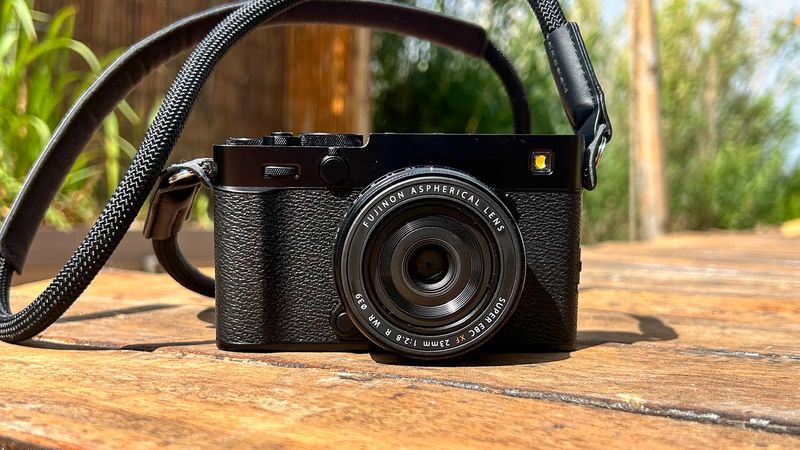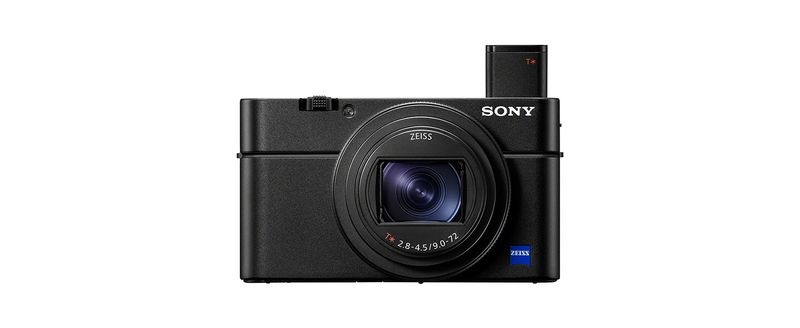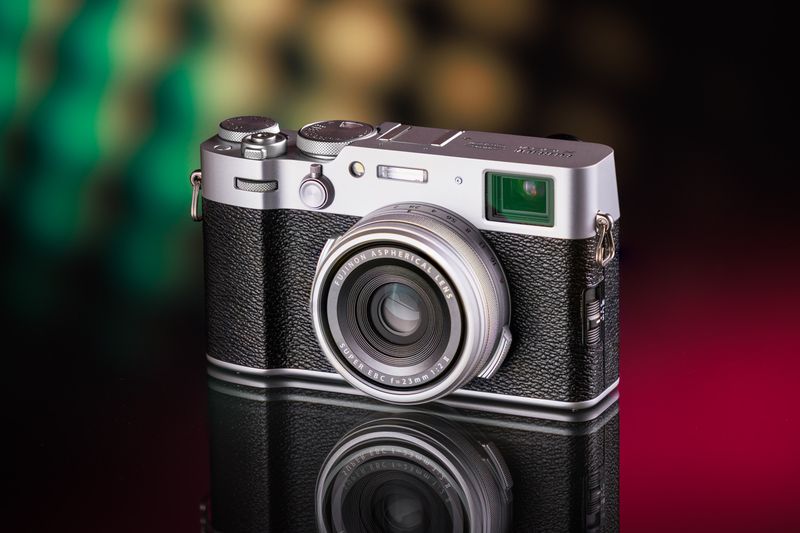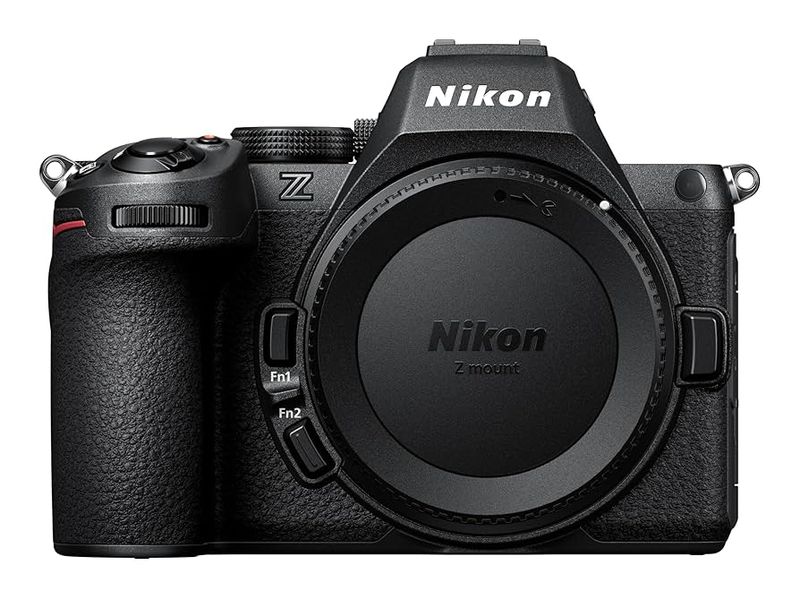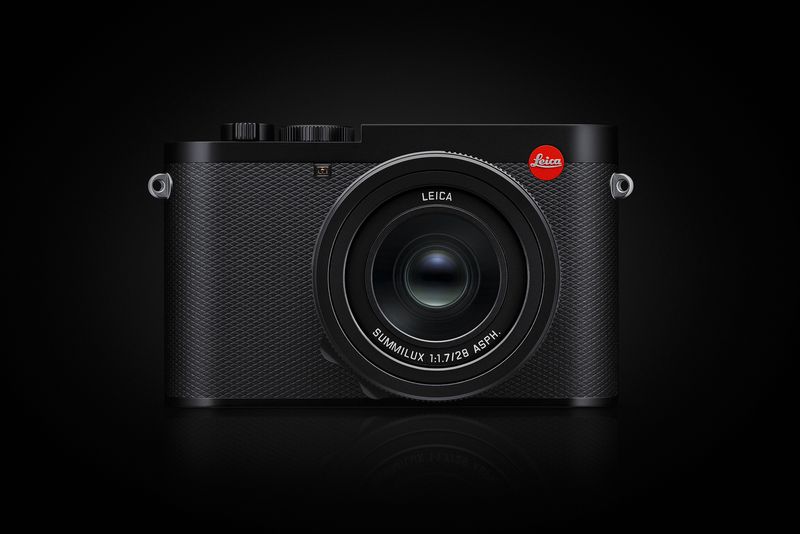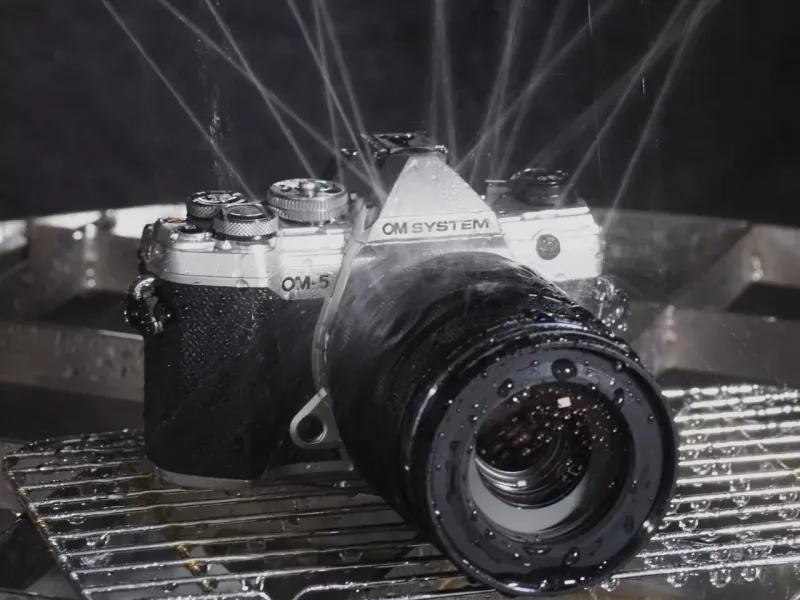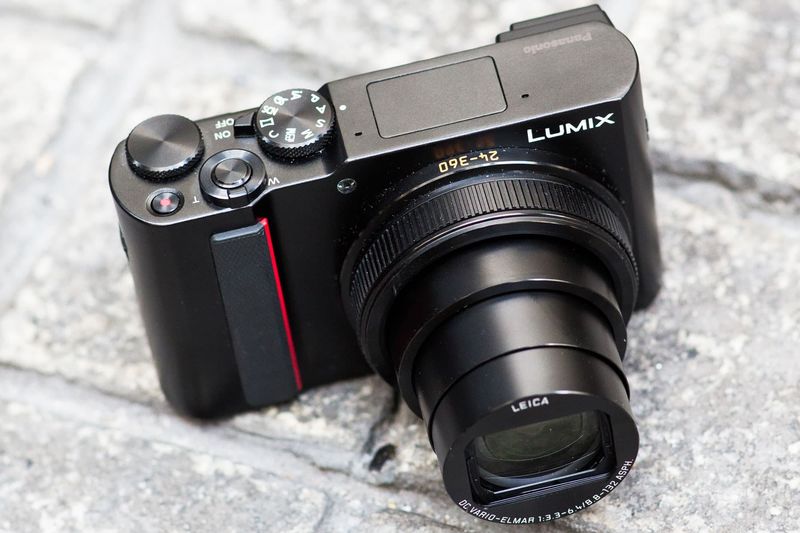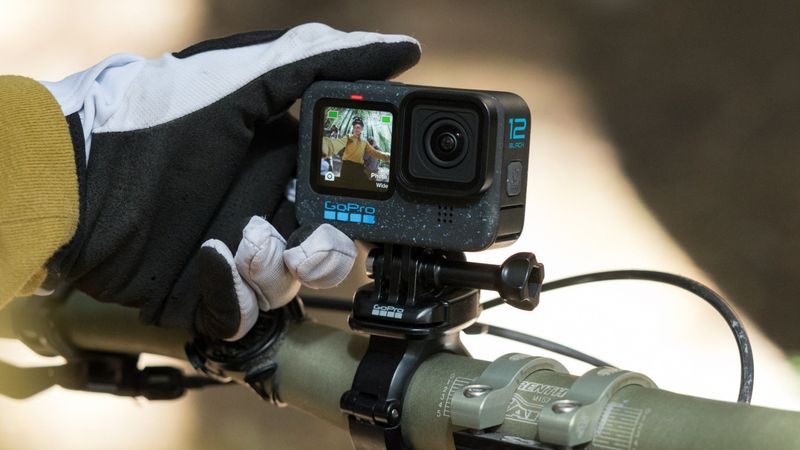Last month, I spent weeks putting 31 different travel cameras through their paces, from bustling city streets to remote mountain trails. Some were disappointing, others were decent, but nine cameras stood out so dramatically that they completely changed how I think about travel photography. Whether you’re a casual vacationer or a serious adventurer, these game-changers offer something special that makes them worth every penny.
Sony a7CR
Professional photographers have long complained about choosing between image quality and portability, but the Sony a7CR finally solves that problem. This full-frame powerhouse packs serious imaging capability into a body that won’t destroy your back during long travel days.
The 61-megapixel sensor delivers stunning detail that rivals cameras twice its size. Sony’s AI-powered autofocus tracks subjects with uncanny accuracy, whether you’re shooting wildlife or street portraits. The compact design means you can slip it into a small bag without the bulk of traditional DSLRs.
Battery life falls short compared to older models, requiring you to carry spares. Pairing it with quality lenses adds considerable weight and cost. Still, the image quality and versatility make it worth the investment for travelers who refuse to compromise on results.
Fujifilm X-E5
Walking through Tokyo’s Shibuya district with the X-E5 felt like carrying a piece of photographic history reimagined for modern times. Fujifilm’s legendary color science transforms ordinary scenes into vibrant memories without heavy editing.
The APS-C sensor strikes a sweet spot between full-frame quality and manageable size. Its ergonomic design fits naturally in your hands, with physical dials that make adjusting settings intuitive even when you’re rushed. The camera’s film simulation modes produce gorgeous JPEGs straight out of the camera, saving hours of post-processing time.
Lens selection isn’t as extensive as Canon or Nikon systems, though Fujifilm’s lineup covers most travel needs. The smaller sensor struggles slightly in extreme low-light situations. For travelers who value aesthetics and exceptional color rendering, this camera delivers consistently beautiful results.
Sony RX100 VII
Imagine capturing professional-quality shots without lugging around a camera bag. The RX100 VII literally fits in your jacket pocket yet delivers images that make people ask what professional gear you’re using.
Its 1-inch sensor and versatile 24-200mm equivalent zoom cover everything from sweeping landscapes to distant architectural details. Real-time tracking autofocus locks onto subjects with surprising tenacity for such a tiny package. The compact form factor means you’ll actually have your camera when unexpected moments happen, unlike larger systems left in hotel rooms.
The fixed lens limits creative flexibility compared to interchangeable systems. Low-light performance can’t match larger sensors, though it’s impressive for its size. Perfect for minimalist travelers who prioritize convenience without completely sacrificing image quality during their adventures.
Fujifilm X100VI
There’s something magical about a camera so beautiful you want to carry it everywhere. The X100VI combines stunning retro aesthetics with cutting-edge technology, creating an instrument that inspires you to shoot more simply by existing.
Its 40-megapixel sensor and fixed 35mm equivalent lens force you to think creatively about composition. The leaf shutter enables flash sync at any speed, opening unique creative possibilities. In-body stabilization keeps handheld shots sharp even in challenging conditions, while Fujifilm’s color profiles make every image pop with character.
The fixed lens means you can’t zoom, requiring you to physically move closer or farther from subjects. It’s pricier than many zoom-equipped alternatives. However, for street photographers and travelers who embrace creative constraints, this camera becomes an extension of your vision rather than just a tool.
Nikon Z5II
Did you know Nikon’s Z-mount system was specifically engineered to maximize optical performance? The Z5II represents their commitment to accessible full-frame excellence, bringing professional features to enthusiast budgets.
This successor to the popular Z5 adds enhanced autofocus algorithms and improved 4K video capabilities. The full-frame sensor captures rich detail with smooth tonal transitions that smaller sensors struggle to match. Dual memory card slots provide peace of mind when traveling far from backup options.
Native Z-mount lenses deliver exceptional sharpness but add weight and expense to your kit. The camera body itself isn’t tiny, making it less ideal for ultra-lightweight travel. For photographers transitioning from DSLRs or wanting serious video capabilities alongside stills, the Z5II offers tremendous value and reliability across diverse shooting situations.
Leica Q3
Holding a Leica feels different—there’s an intangible quality that transcends specifications and enters the realm of craftsmanship. The Q3 represents peak engineering, where every element serves both function and beauty in perfect harmony.
Its 60-megapixel full-frame sensor paired with a stabilized 28mm f/1.7 Summilux lens produces images with a distinctive rendering that’s immediately recognizable. Build quality is exceptional, with weather sealing and materials chosen to last decades. The minimalist interface encourages thoughtful photography rather than endless menu diving.
The price tag approaches small car territory, making it inaccessible for many travelers. The fixed 28mm focal length demands adaptation from photographers used to zooming. Yet for those who can justify the investment, the Q3 offers an heirloom-quality tool that elevates photography from technical exercise to artistic expression.
OM System OM-5
Adventure photographers face unique challenges—rain, dust, temperature extremes, and the constant threat of equipment failure far from civilization. The OM-5 was engineered specifically for these demanding conditions without the bulk of traditional adventure gear.
Its Micro Four Thirds sensor keeps the entire system remarkably lightweight while delivering excellent image quality. The 5-axis image stabilization system provides up to 7.5 stops of compensation, enabling sharp handheld shots in dim conditions. Comprehensive weather sealing protects against moisture and dust, letting you shoot confidently in challenging environments.
The smaller sensor produces more noise in low light compared to full-frame competitors. Lens selection, while adequate, doesn’t match larger systems. For hikers, climbers, and outdoor enthusiasts who prioritize durability and weight savings over absolute maximum image quality, this camera is an outstanding companion.
Panasonic Lumix TZ200
Sometimes you need to photograph a distant castle tower, then immediately capture a close-up of street food—all without changing lenses. The TZ200’s built-in 15x optical zoom delivers that versatility in a package small enough for a jacket pocket.
The 1-inch sensor punches above its weight class, producing surprisingly good images for such a compact design. 4K Photo mode extracts 8-megapixel stills from video, perfect for capturing fleeting moments. The all-in-one convenience means less gear to carry and no lens changes in dusty or wet conditions.
Image quality can’t compete with larger sensors and prime lenses, particularly at the zoom extremes. Optical performance suffers slightly compared to dedicated interchangeable lens systems. However, for casual travelers and those who value ultimate convenience over technical perfection, this camera covers nearly every shooting scenario imaginable.
GoPro Hero Series Action Cameras
Conventional cameras fail spectacularly when you’re kayaking through rapids, mountain biking down steep trails, or snorkeling in tropical reefs. Action cameras like the latest GoPro Hero models thrive precisely where traditional gear would be destroyed.
These rugged devices are waterproof, shockproof, and virtually indestructible, capturing perspectives impossible with regular cameras. Advanced stabilization technology produces buttery-smooth footage even during intense activity. Mounting options let you attach them to helmets, chests, handlebars, or nearly any surface imaginable.
The tiny sensor struggles in low-light situations and can’t match the image quality of larger cameras. Manual controls are limited, favoring automatic operation. For adventure travelers whose journeys involve genuine physical challenges, action cameras document experiences that would otherwise exist only in memory, making them indispensable despite their limitations.
